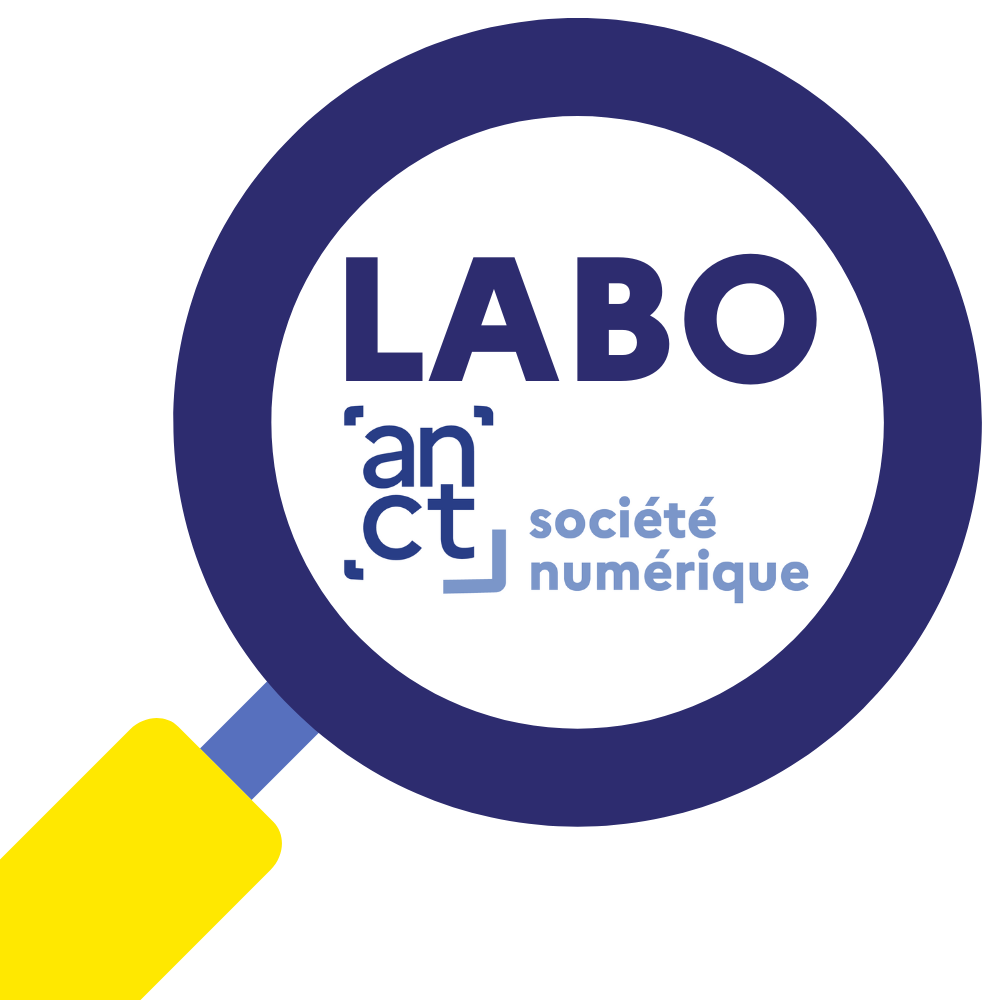CAPUNI is a national survey carried out by the GIS Marsouin which aims to measure what digital technology brings (or does not bring) to individuals in terms of power to act.
It is particularly interested in the uses of digital technology within isolated rural areas (ZRI) and in priority city districts (QPV).
It is a telephone survey conducted in March 2019 among 7500 people over 18 years old (a national sample and four oversamples).
Profile of the French Internet user
In 2019, the proportion of Internet users[1] in metropolitan France crossed the threshold of 9 out of 10 individuals. It stands at 91%, which represents an increase of 7 points compared to 2016, when the proportion of Internet users stood at 84% of the French population (Capacity survey, Marsouin-FING, 2016[2]).Age remains the most significant factor in explaining Internet use in 2019, although its effect is fading. Only the over 75s remain less connected than average (47% of the over 75s are non-Internet users). The other age groups are all Internet users (for 9 out of 10 individuals, national average). In addition to the generational divide, other factors more related to the socio-economic profiles of individuals influence, to a lesser degree, the fact of being an Internet user: the income per household, the level of education and the socio-professional category (PCS). Indeed, there are fewer Internet users in proportion among people with the lowest incomes (less than 1,400 euros per month: 86% of Internet users), among those with an educational level below the baccalaureate (77%), among farmers (60%) and among people not working (60%).
The CAPUNI survey seeks to study whether or not living in specific areas influences the uses and perceptions of digital technology (the perception of speed,empowerment with regard to digital uses, to cite examples). In this perspective, two types of areas benefit from specific oversamples in the survey: inhabitants of isolated rural areas (ZRI) and those of the priority districts of the city policy (QPV).
In general, the survey shows that living in a ZRI does not directly affect the fact of using the Internet. On the contrary, with the same socio-economic characteristics, it is less likely that an individual who lives in a QPV is an Internet user. In the course of this document, we will come back more precisely to the elements for which a ZRI or QPV "effect" is significant.
Common digital activities of French Internet users
The graph below shows the frequency of information search activities, as well as the frequency of email exchanges and social network use of Internet users in metropolitan France. We have divided the search for information in two to distinguish the "search for practical information" (cinema, classified ads, weather etc.) from the "search for information on the moment" (typically: immediate search via Google for a question that is being asked at that moment).- 94% of French Internet users exchange e-mails. Half of them do so at least once a day, whether in the professional or personal sphere.
- 66% of French Internet users are present on a social network (this is 5 points more than in 2016). Nearly half of them use it daily or almost daily.
- More than 90% of French Internet users search for information via the Internet. Instantaneous research (such as a Google search) is preferred to that defined as "practical". In fact, nearly half of French Internet users look for "instant" information on a daily basis, while less than a third use the Internet to look for information defined as "practical".
It should also be noted that between 6 and 9% of French Internet users never exchange e-mails or search for information on the Internet, whether instantaneous or practical. If we add the individuals who perform these activities "less often" than once a month, the figure rises to 15%. Thus, although they are Internet users, they are undoubtedly to be considered as individuals who are "distant from the digital world".
Certain factors play a role in whether or not these exclusively digital activities (exchanging emails, searching for instant and practical information) are carried out.
Age remains one of the most important explanatory factors: younger people tend to do these activities more often (gradual). The fact of owning a smartphone also plays a role, especially in the case of daily consumption. Regarding the exchange of e-mails and the search for practical information, the level of education, the socio-professional category and the income have a significant influence. Indeed, depending on the professional environment, these two activities may be more frequent. Thus, the higher socio-professional categories, the more highly educated individuals and those with higher than average incomes have a greater consumption of these activities. Conversely, blue-collar workers, white-collar workers and especially the economically inactive have on average a more moderate frequency of these activities, if any.
Regarding the search for practical information, ZRI residents are less likely to look for instant information on the Internet every day compared to the French population as a whole (32% daily in ZRIs versus 46%). This finding could be explained, in part, by the perceived quality of the flow, which is generally lower in the ZRIs.
To conclude, it is important to keep in mind that 91% of the French are Internet users and 9% are not. On this subject, 29% of French non-internet users do not feel "capable" of using digital technology. Nevertheless, these non-Internet users are not necessarily unable to do so: 10% of them voluntarily limit their digital uses. Moreover, 67% of non-users say they are "happier" by not using digital technology and more than half of them feel proud of it.



